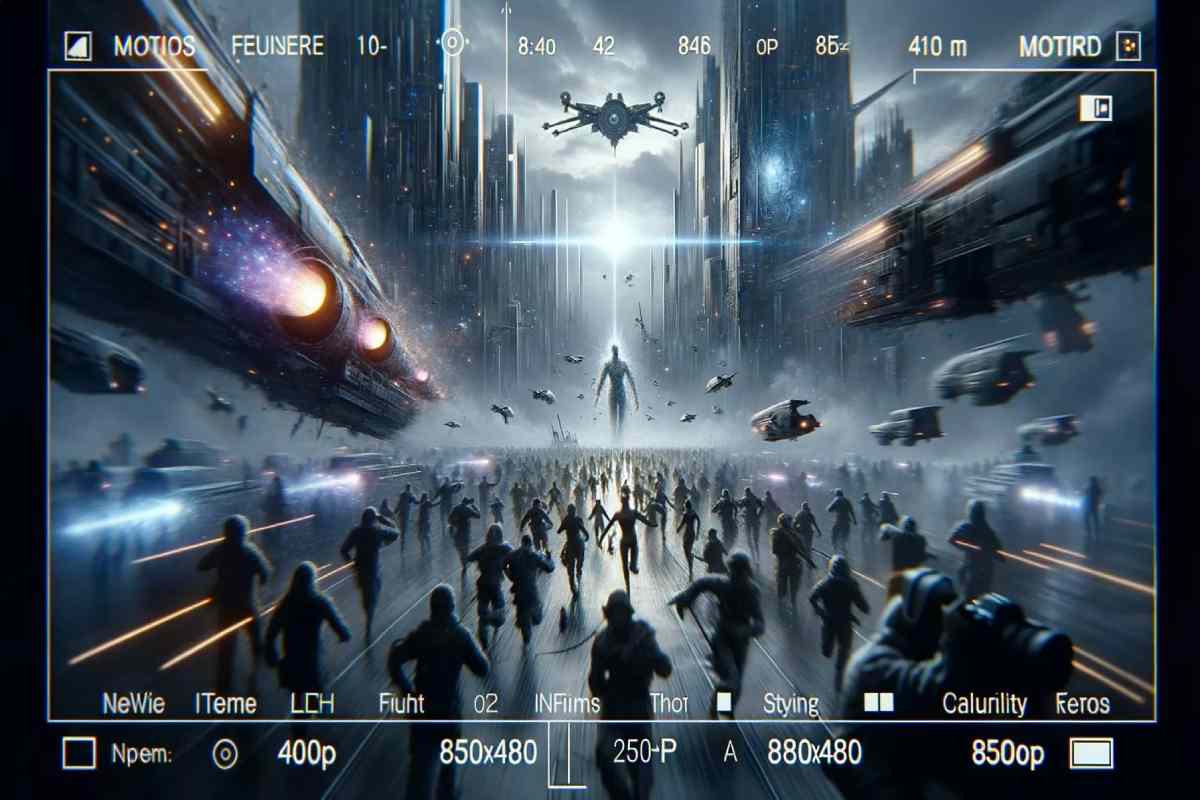Table of Contents
Visionaries Who Saw Beyond the Page
Long before smartphones filled pockets and algorithms shaped opinion, science fiction writers were sketching outlines of the world as it is now. Not with crystal balls but with typewriters and battered notebooks they imagined cities under surveillance homes wired for control and societies stretched by invisible forces. What once felt like far-fetched drama now rings close to the bone.
Take George Orwell’s “1984” for instance. Published in 1949 it painted a bleak future where every move is watched and language is twisted to suit power. It was not a prophecy but it gave a shape to fears many were already starting to feel. Decades later terms like “Big Brother” and “doublethink” slip into conversations about data and politics as if Orwell were watching all along.
Technology Meets the Human Heart
Writers did not just guess the tech. They grasped the emotional ripple too. Philip K Dick often wrote about identity and paranoia in ways that now feel eerily current. His short story “Minority Report” imagines a world where crime is stopped before it begins based on predicted behaviour. Swap the psychic “precogs” for AI and it no longer reads like fiction.
Another sharp mind was Octavia E Butler. In her novel “Parable of the Sower” she drew up a United States torn apart by greed violence and environmental collapse. But her focus was not just the wreckage. She explored how people rebuild how belief systems adapt how hope survives when systems fail. She made the social shift feel raw and lived not distant and abstract.
A natural flow of ideas brings us to stories that hit close to home in unexpected ways:
-
“Fahrenheit 451” and the Fear of Forgetting
Ray Bradbury’s tale warned of a world where books are burned and thinking for oneself becomes a danger. It is not about firemen gone rogue. It is about what happens when distraction replaces reflection. The screens in every room sound familiar now and the fear that nothing stays long in the mind echoes across fast scrolling timelines.
-
“Brave New World” and the Price of Comfort
Aldous Huxley imagined a society drugged into happiness pacified by entertainment and engineered to fit neat roles. It was not a brutal dictatorship but a velvet trap. People no longer rebelled because they no longer cared. Huxley’s warning lies not in what is forced upon us but what we choose when ease becomes king.
-
“The Left Hand of Darkness” and the Boundaries of Identity
Ursula K Le Guin challenged the binary view of gender in a way that still feels ahead of the curve. Her characters exist outside fixed roles outside fixed pronouns. It is a world where identity is fluid and society reshapes itself around that fact. The book spoke volumes before culture was ready to hear it and it still whispers truths today.
-
“Neuromancer” and the Digital Landscape
William Gibson coined “cyberspace” before most homes had a computer. His vision of hackers corporations and global data streams feels more like a documentary now than fiction. The novel is full of grit confusion and code yet underneath it all beats a question—what does it mean to be human in a wired world?
The list above only scratches the surface. What links these stories is not just their futuristic settings but their insight into what changes when people adapt to new norms. These writers were not just inventing machines. They were showing how hearts and habits shift in response.
Where We Are and Where We Are Going
Science fiction used to stand at the edge of possibility. Now it runs alongside it. The gap between speculation and reality has narrowed. Stories that once lived in paper worlds now overlap with headlines and headlines begin to sound like chapter titles. From mass surveillance to genetic engineering from climate collapse to digital escapism fiction no longer waits for permission to feel real.
Some of the most enduring stories show not only what happens when things go wrong but what happens next. That is the power of science fiction—it bends time to show what stands the test of it. It does not just guess where society will go. It wonders what kind of people we will be once we get there.
E-Libraries and Quiet Revolutions
These shifts are not just big and loud. Some changes sneak in quietly. Reading itself has transformed. It is no longer bound to pages or shelves. Many digital reading habits today revolve around Zlibrary, Project Gutenberg and Anna’s Archive not as background tools but as anchors in a sea of fleeting content. These platforms make it possible to revisit the past or explore new ideas without the pressure of cost or location.
Fiction once asked what might come next. Now it asks how people will respond when it arrives. The world has caught up with the old stories. It keeps walking side by side with them in silence.

